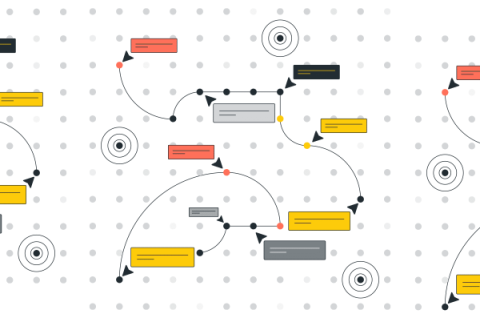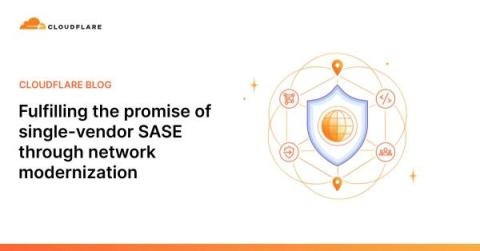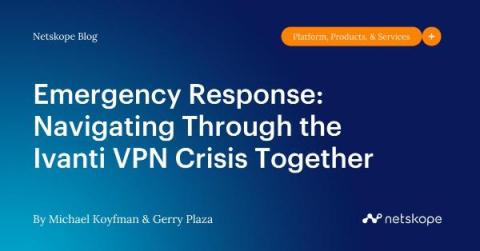Network Security Threats & Solutions for Cybersecurity Leaders
Modern organizations face a wide and constantly changing range of network security threats, and security leaders must constantly update their security posture against them. As threat actors change their tactics, techniques, and procedures, exploit new vulnerabilities, and deploy new technologies to support their activities — it’s up to security teams to respond by equipping themselves with solutions that address the latest threats.








